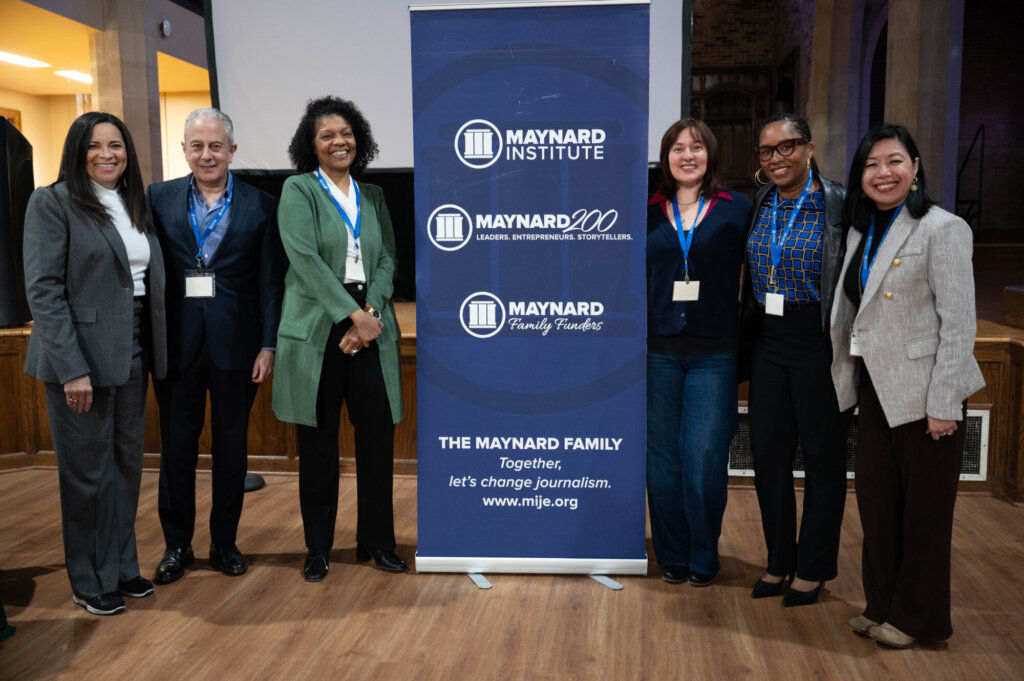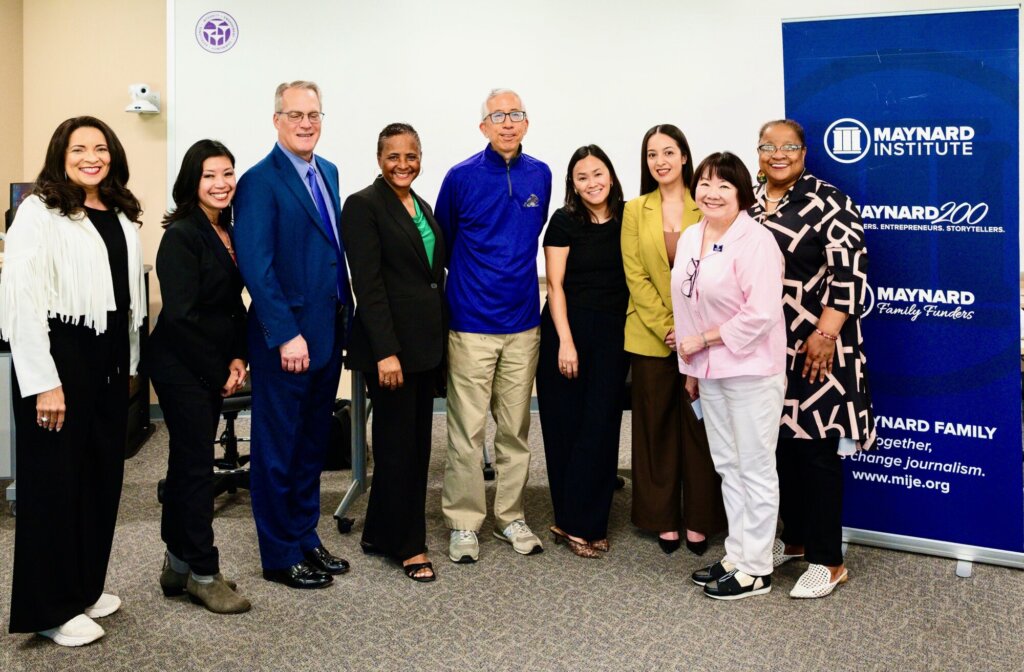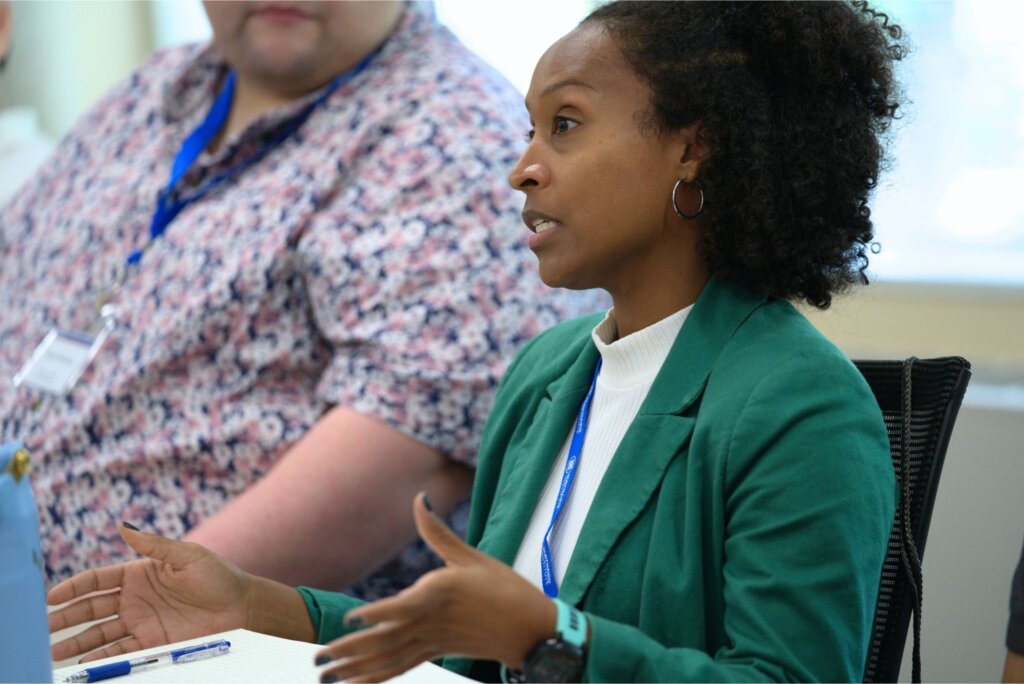Our Mission
The Maynard Institute inspires and powers the national, collaborative drive for equity, belonging, and diversity in news media.
Our Vision
A healthy democratic society informed by a representative, equitable, and reflective news media.

Who we are
The Maynard Institute for Journalism Education was founded in 1977 by Robert C. Maynard and a cohort of news leaders spanning race, class, and sexual orientation. Ever since, our antiracism training programs have helped create decades of news industry trailblazers, all of whom belong to the “Maynard Family”—a community of deep caring and intergenerational support for journalists of color.

Improved representation creates improved coverage

Our History
We believe journalistic excellence originates from authentic spaces of belonging

Impact Stories
Hear from Maynard’s program participants on how the experience shaped their lives

Our Team
Meet the Maynard staff dedicated to dismantling systemic racism in journalism
Who we are
Board of Directors
Our diverse board of experts leads in integrity with Maynard’s core values
Our Partners
Leading industry organizations and funders support our commitment to growing equity in the news

Careers
Check out our available positions and learn more about working at MIJE
Contact us
Get in touch with us to understand more about what we do and how we can help

